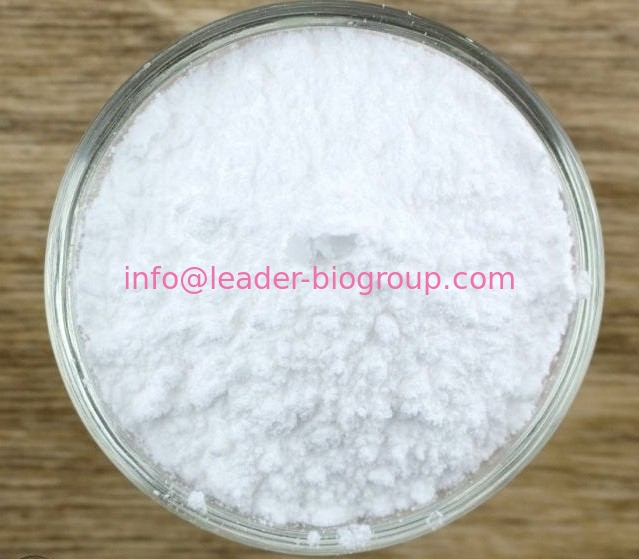| phosphorylcholine Basic information |
| Product Name: |
phosphorylcholine |
| Synonyms: |
choline chloride O-(dihydrogen phosphate);phosphorylcholine;trimethyl[2-(phosphonooxy)ethyl]ammonium chloride;Choline phosphate;trimethyl-(2-phosphonooxyethyl)azanium;PHOSPHOCHOLINE;N,N,N-Trimethyl-2-(phosphonooxy)ethanaminium;O-Phosphonocholine |
| CAS: |
107-73-3 |
| MF: |
C5H15ClNO4P |
| MW: |
219.6 |
| EINECS: |
203-516-6 |
| Product Categories: |
|
| Mol File: |
107-73-3.mol |
 |
| |
| phosphorylcholine Chemical Properties |
| Melting point |
108-111 °C (decomp) |
| Boiling point |
103 °C(Press: 12 Torr) |
| |
| phosphorylcholine Usage And Synthesis |
| Definition |
ChEBI: An organic chloride salt comprising a choline phosphate cation and chloride anion. |
| Enzyme inhibitor |
This choline phosphomonoester (FWzwitterion = 183.14 g/mol; CAS 107-73- 3), also known as choline phosphate and phosphorylcholine, is a key intermediate in the biosynthesis of many phospholipids. Both the free acid and the calcium salt are very soluble in water. The free acid is relatively stable in acidic conditions: only 15% is hydrolyzed in five hours in 1 M HCl at 100°C. Under alkaline conditions, there is complete hydrolysis after four hours by refluxing with barium hydroxide. The phosphocholine chloride calcium salt is stable for months at room temperature. Target(s): 1-alkyl-2-acetylglycerophosphocholine esterase, or platelet-activatingfactor acetylhydrolase; choline-sulfatase; choline sulfotransferase; ethanolamine kinase; ethanolamine-phosphate cytidylyltransferase; glutamate decarboxylase; glycerophosphocholine cholinephosphodiesterase; ornithine decarboxylase; phosphoethanolamine Nmethyltransferase; phosphoserine phosphatase; and sphingomyelin phosphodiesterase, or sphingomyelinase. |
| |
| phosphorylcholine Preparation Products And Raw materials |
|
|

